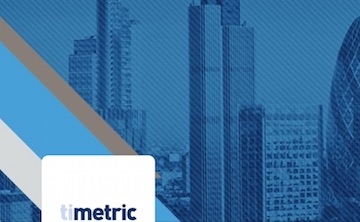The total number of ISA accounts in Britain is set to rise by nearly 600,000 this year, according to a report, which says the market is expected to stabilise after a significant drop in 2013-14.
According to a Timetric report, the total number of accounts is set to rise from 13.91 million in 2014-15 to 14.5 million in 2015-16, and to 15.3 million by 2017-2018, meaning that the number of subscriptions will increase by an average annual rate of 3.3%.
Timetric forecasted steady growth in cash ISAs, with the most considerable increase coming in 2015-16, with a CAGR of 8.7%, due to the increased upper limits for cash ISAs.
Ben Carey-Evans, analyst at Timetric, said: “The most significant annual growth in the Timetric forecast period is 7.5%, in 2015-16, as we expect interest rates to rise at the start or middle of 2016 - for the first time since 2009 - which should stimulate competition within the market.”
{desktop}{/desktop}{mobile}{/mobile}
The increased upper limits introduced in the 2014 budget and the tax advantages announced in George Osborne’s 2014 Autumn Statement should breathe some life into the industry, though interest rates are to remain low throughout 2015, he said.
The report stated: “Eight out of every 10 ISAs opened in 2013–2014 were still cash ISAs as savers remained risk-averse, despite banks offering the worst interest rates on record. However, stocks and shares ISAs are starting to recover, following a substantial decline in the number for accounts from 2010–2011 to 2011–2012.
“The amount subscribed to stocks and shares ISAs has increased considerably since 2009 – from GBP12.5 million to GBP18.4 million - which suggests that a smaller percentage of wealthier people, who can afford the increased risk, are filling these ISAs to the limit.
“Interest rates are currently at their lowest levels since individual savings accounts (ISAs) began, which significantly reduces consumers’ commitment to saving. As a result, consumers – those who can afford to save – are starting to opt either for stocks and shares accounts or deciding to pay off long-standing debts with higher interest rates.”

